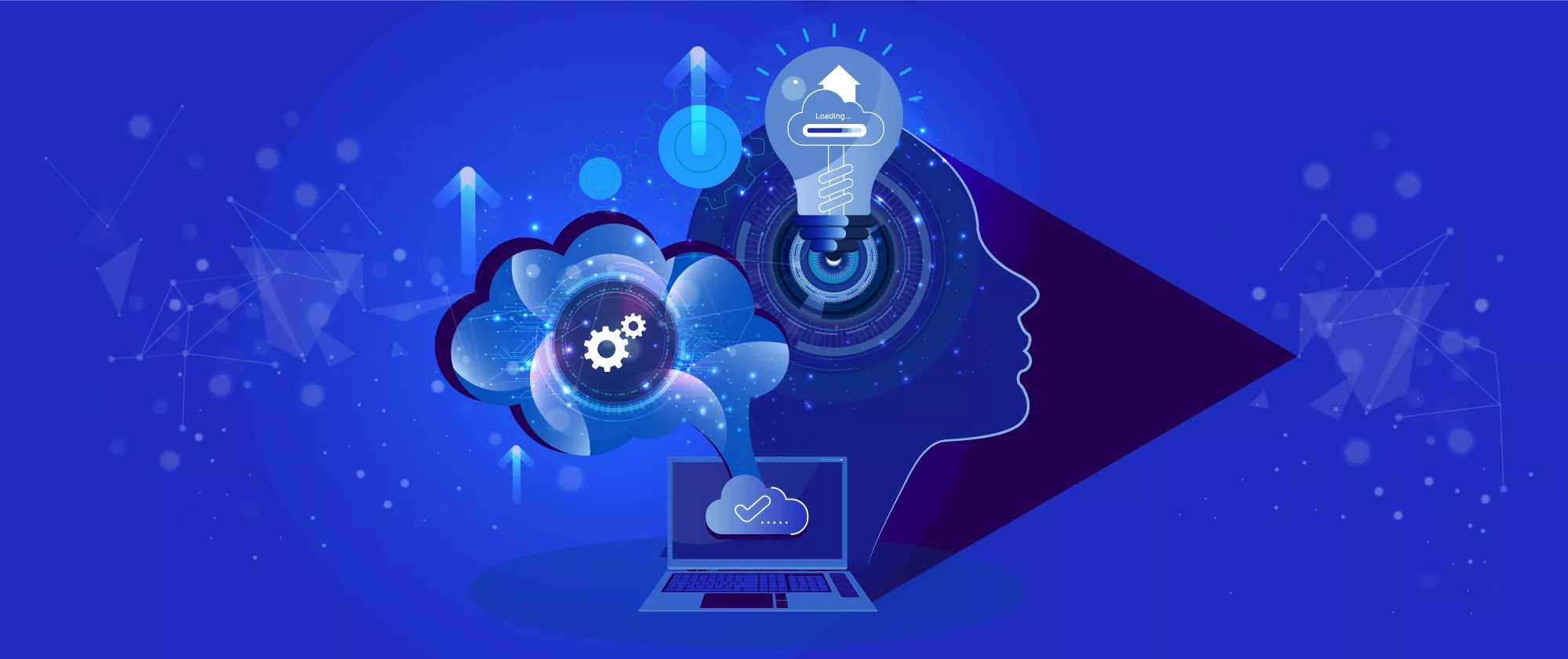
Topic portal
Artificial intelligence
In the world of work, there are two distinct types of application of AI technology in the workplace. The first is directed at automating tasks that workers perform; the second is to use AI-based analytics and algorithms to automate managerial functions – or what is commonly referred to as “algorithmic management”.
When AI is used to automate tasks, it doesn’t necessarily lead to redundancies, as the technology can also complement human labour when certain tasks are automated. Whether technological adoption leads to automation (job loss) or augmentation (job complementarity) depends on the centrality of the automated task to the occupation, how the technology is integrated into work processes and management’s desire to retain humans to perform or oversee some of the tasks, despite automation’s potential.
In addition to the potential effects on workers, AI’s integration into the workplace can also have consequences for organizational performance, including productivity, with spillover effects on economic performance. For this reason, unequal access to the technology stemming from infrastructure bottlenecks, skill deficiencies or simply the cost of the technology can widen existing productivity divides between countries as well as between large and small or micro enterprises.
Key resources

Meeting
Can we have pro-worker AI?

ILO Working paper 96
Generative AI and Jobs: A global analysis of potential effects on job quantity and quality

Policy brief
Generative AI and Jobs: Policies to Manage the Transition
News and articles

Generative AI could transform millions of jobs in Latin America and the Caribbean but digital divide poses challenges

ILO and EUROSTAT host global conference on measuring new forms of employment
Publications
Joint ILO-World Bank working paper
Buffer or Bottleneck? Employment Exposure to Generative AI and the Digital Divide in Latin America
United Nations and International Labour Organization report
Mind the AI Divide: Shaping a Global Perspective on the Future of Work
Report
Digital labour platforms in Kenya: Exploring women’s opportunities and challenges across various sectors